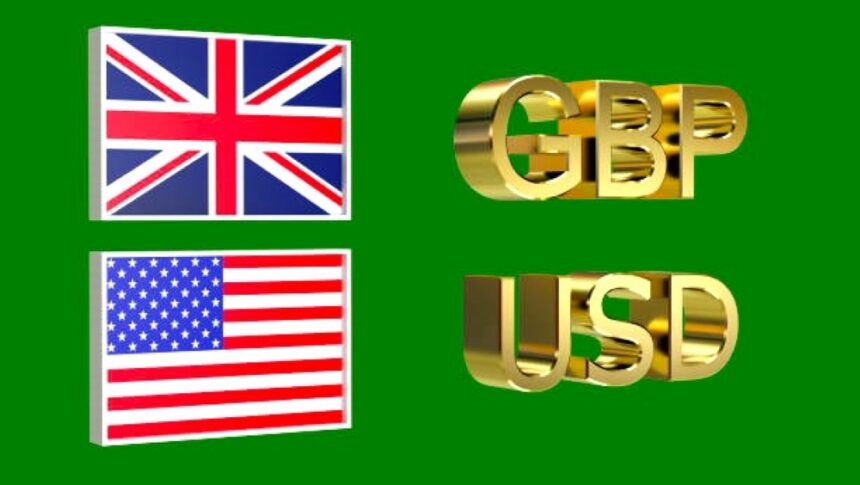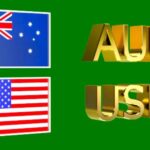Pound remained stable against its major counterparts on Monday, despite uncertainties surrounding UK job and inflation figures.
The Pound Sterling (GBP) is trading steady against its major peers at the start of the week, as investors remain cautious ahead of the release of the United Kingdom’s (UK) employment data for the three months ending December on Tuesday.
BoE Governor Bailey could provide new insights into the monetary policy outlook.
Investors will pay special attention to the UK labor market data to see if business owners are still unhappy with Chancellor of the Exchequer Rachel Reeves’ The announcement of increasing employers’ contributions to National Insurance (NI). In the Autumn Budget, Reeves increased employers’ social security contributions by 1.2% to 15%, effective April.
Since the announcement, the private sector’s employment pace has slowed dramatically, showing unhappiness among business owners. The economy added 35K workers in the three months ending November, which is much lower than the 173K addition observed from August to October.
The UK Office for National Statistics (ONS) expected to report that the ILO Unemployment Rate rose to 4.5% in December from 4.4% in the previous month.
Market participants will also focus on the UK Average Earnings data, which is a fundamental metric of wage growth that has contributed to rising inflation in the service sector. Average earnings (including and excluding bonuses) are predicted to rise sharply to 5.9%, up from 5.6% in the previous release. Hot wage growth indicators would fuel concerns about pricing pressures being tenacious. In its February monetary policy statement, the Bank of England (BoE) indicated that increased energy prices could cause inflationary pressures to rise before returning to the 2% objective.
As a result of robust wage growth, soft employment conditions and high inflation expectations may reduce the risk of stagflation.
Investors are looking forward to BoE Governor Andrew Bailey’s speech on Tuesday, as well as the employment figures.
Later this week, investors will also focus on the UK Consumer Price Index (CPI) and Retail Sales statistics for January will be revealed on Wednesday and Friday, respectively.
Daily Market movers: Pound Sterling varies against the US dollar.
In Monday’s European session, the pound sterling edged up to about 1.2600 against the US dollar. The pound(GBPUSD) pair is largely sideways, while the US Dollar Index (DXY) struggles to hold its immediate support level of 106.70, which is more than two months low.
The US dollar is on the back foot despite an uptick in market sentiment. Last week, market sentiment shifted favorably toward risky assets as a result of a delay in US President Donald Trump’s application of retaliatory tariffs, which are unlikely to go into force until April 1. This scenario reduced fears of an instant global trade war, as investors expected President Trump’s announcement retaliatory levies on Thursday.
US CPI and Producer Price Index (PPI) statistics for January were higher than expected.
Last week, the US CPI and Producer Price Index (PPI) statistics for January were higher than expected. Dallas Federal Reserve Bank President Lorie Logan maintained on Friday that the central bank should maintain a cautious stance on interest rates. “I think we’re in a good position right now to watch the data over the coming months and taking our time to really go look at the data and see how these potential changes are to evolve,” Logan told the audience. She also stated that the central bank monitors President Donald Trump’s geopolitics and economic policies.









